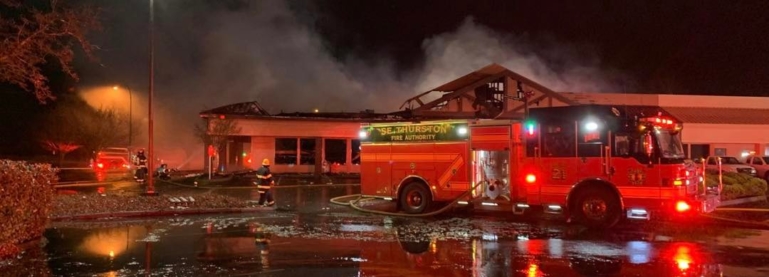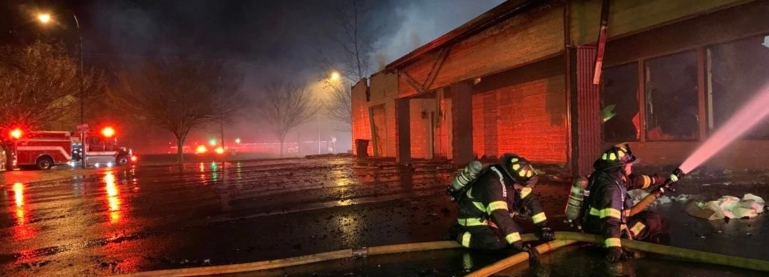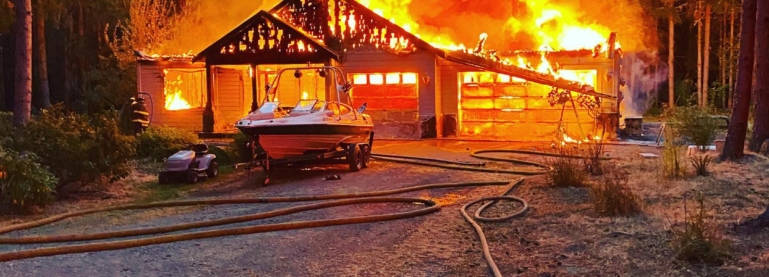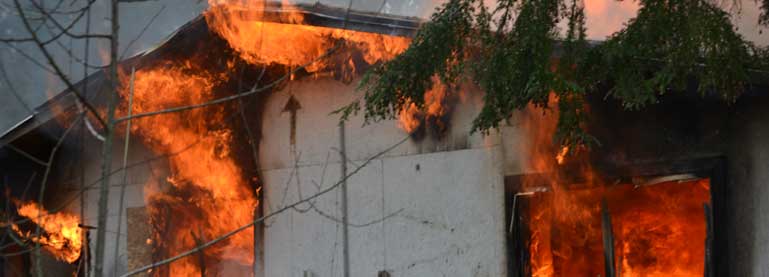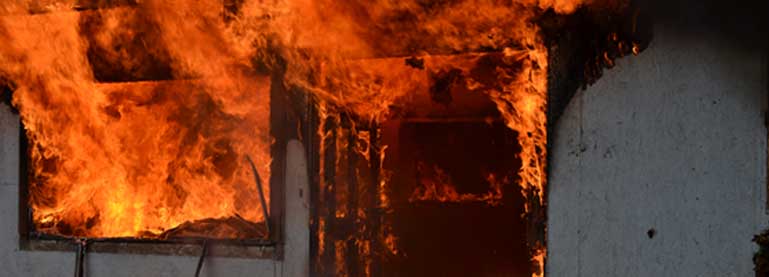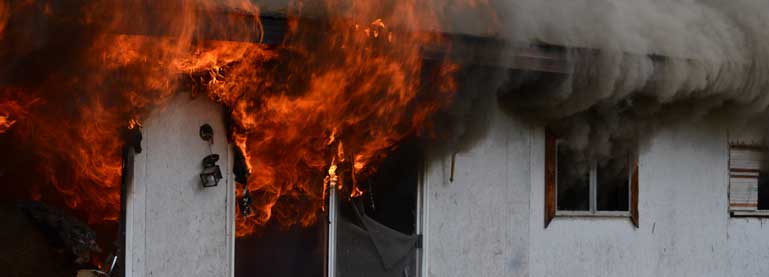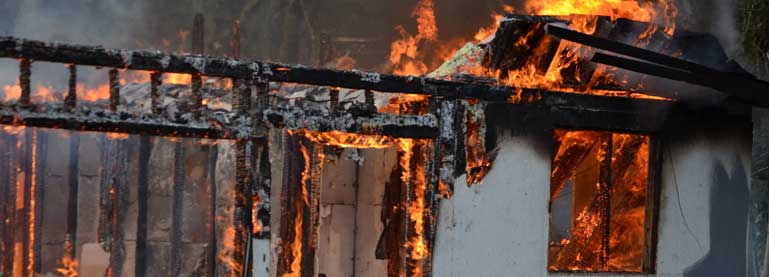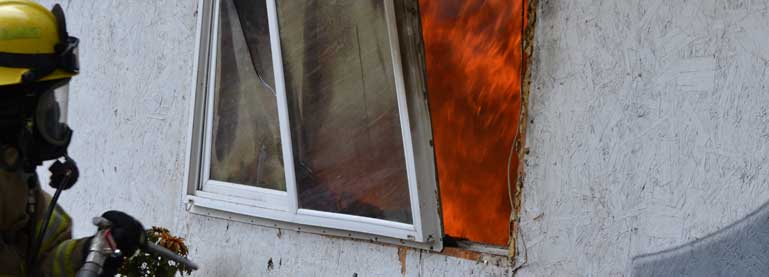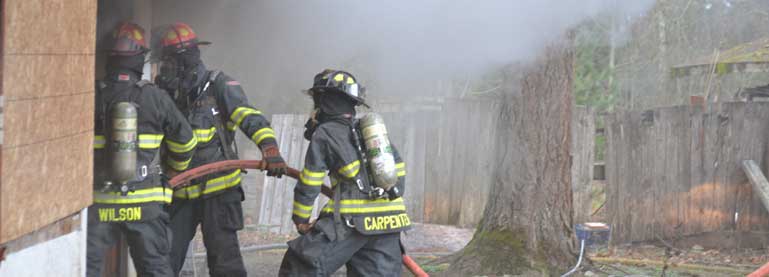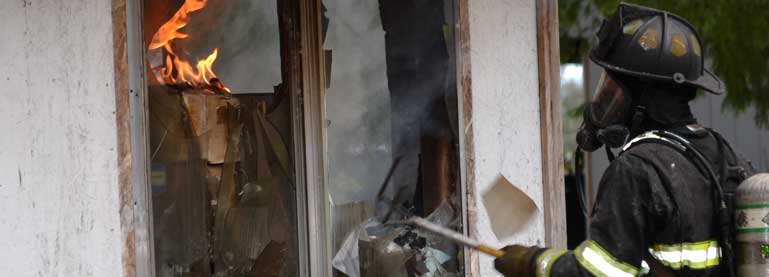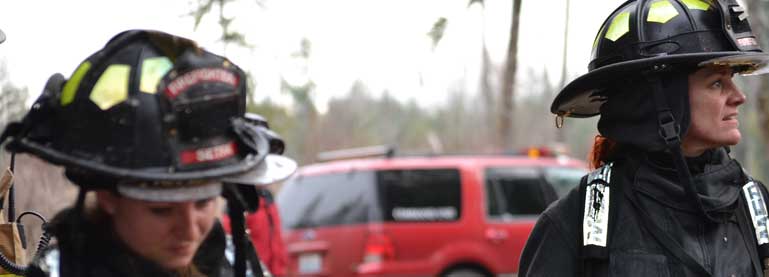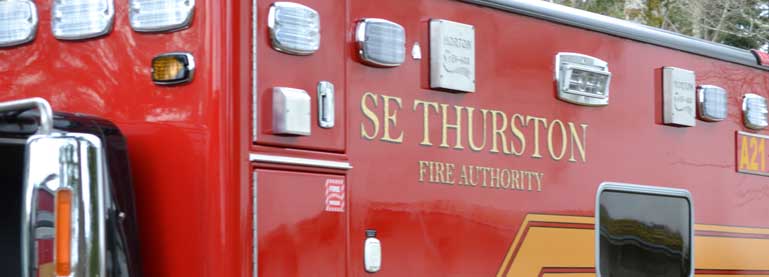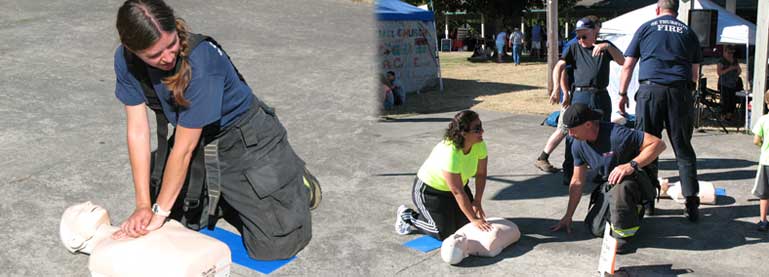Prevent burns and scalds in the kitchen:
- Place objects so that they cannot be pulled down or knocked over.
- Turn pot handles away from the stove’s edge.
- Use dry oven mitts or potholders. Hot cookware can heat moisture in a potholder or hot pad, resulting in a scald burn.
- Wear short, close-fitting or tightly rolled sleeves when cooking.
- Have a “kid-free zone” of at least 3 feet around the stove.
General first aid for burns and scalds:
- Treat a burn right away by putting it in cool water. Cool the burn for three to five minutes.
- Cover burn with a clean, dry cloth. Do not apply creams, ointments, sprays or other home remedies.
- Remove all clothing, diapers, jewelry and metal from the burned area. These can hide underlying burns and retain heat, which can increase skin damage.

